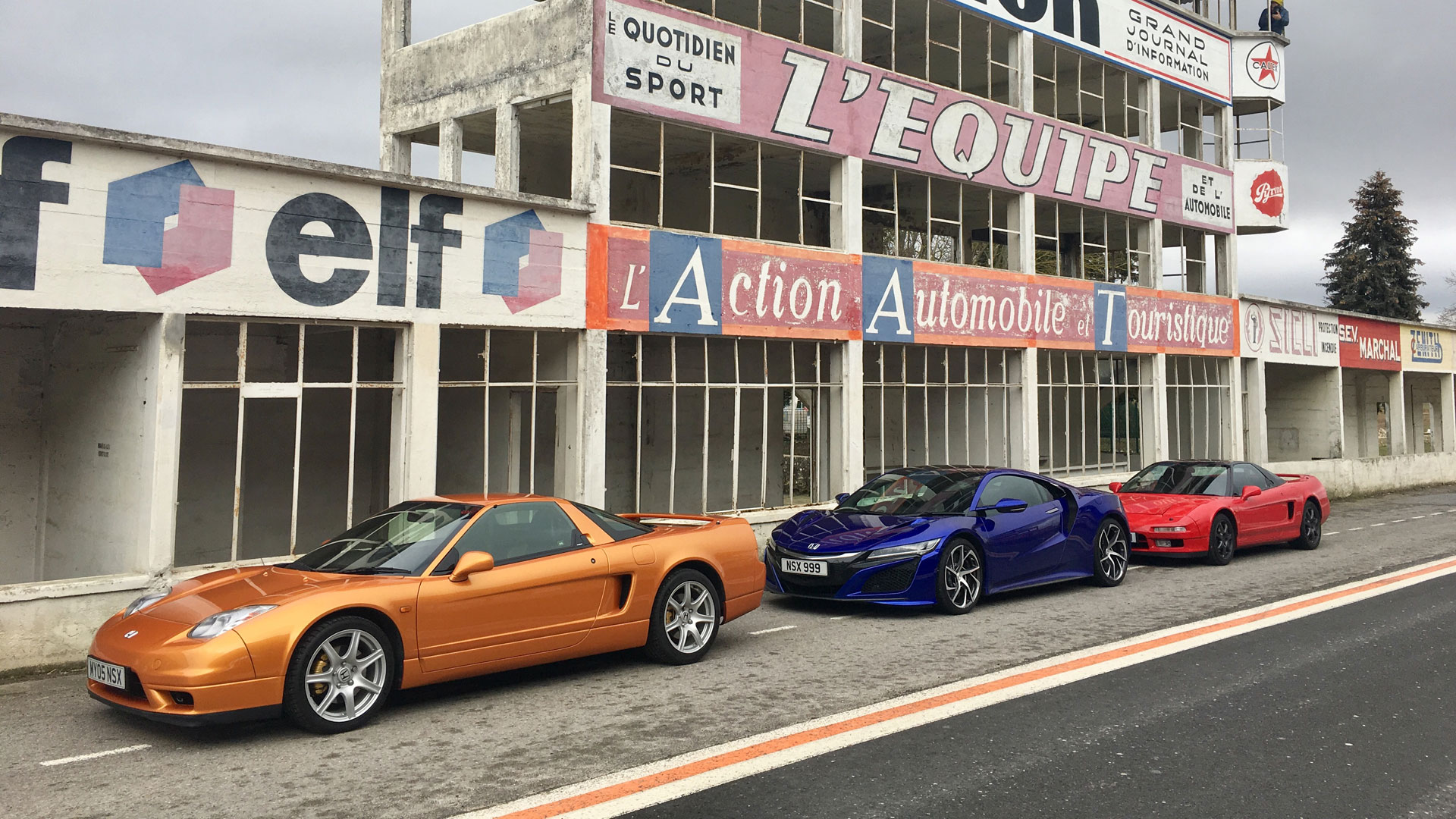
Back in 2019, when driving abroad wasn’t a distant dream, we joined a Honda NSX convoy to France. The road-trip marked 30 years since the Honda NS-X concept (note the hyphen) made its debut at the Chicago Auto Show.
Our route took us past the historic Reims-Gueux circuit, then into the melee of rush-hour Paris, before arriving at Retromobile – France’s finest classic car show. Join us for a celebration of the NSX – plus some of the highlights from Retromobile.
Pop-up perfection
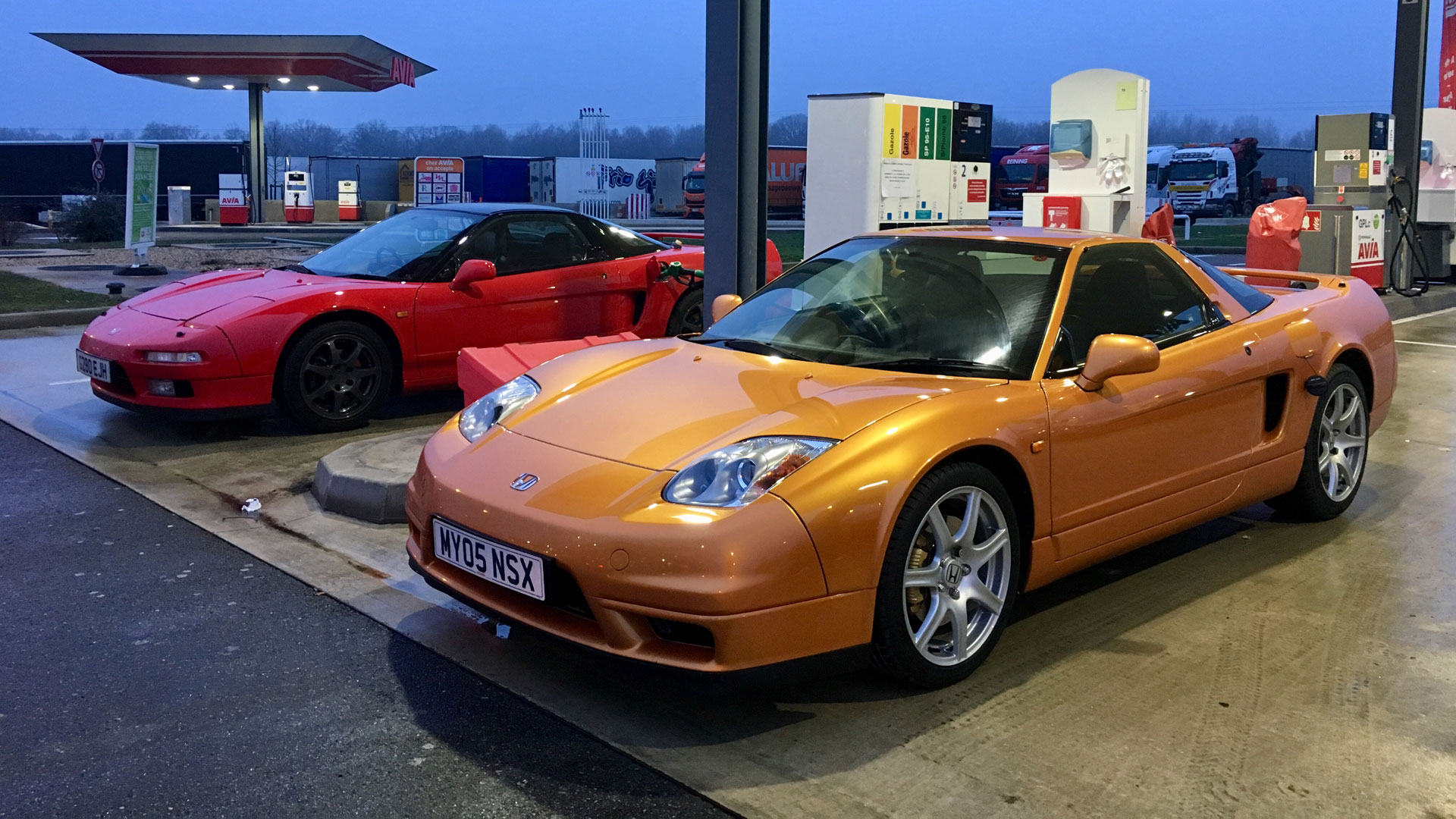
Representing the original NSX were two examples from Honda UK’s heritage fleet. The red car dates from 1989 and was the second NSX imported into the UK. Its 253hp 3.0-litre V6 drives the rear wheels via a four-speed automatic ’box.
The gold car, meanwhile, is a manual version from 2005: the final year of NSX production. The pop-up headlights have been sacrificed to US safety regs, but it gains an extra 200cc of engine capacity – upping output to 294hp.
As seen on Instagram
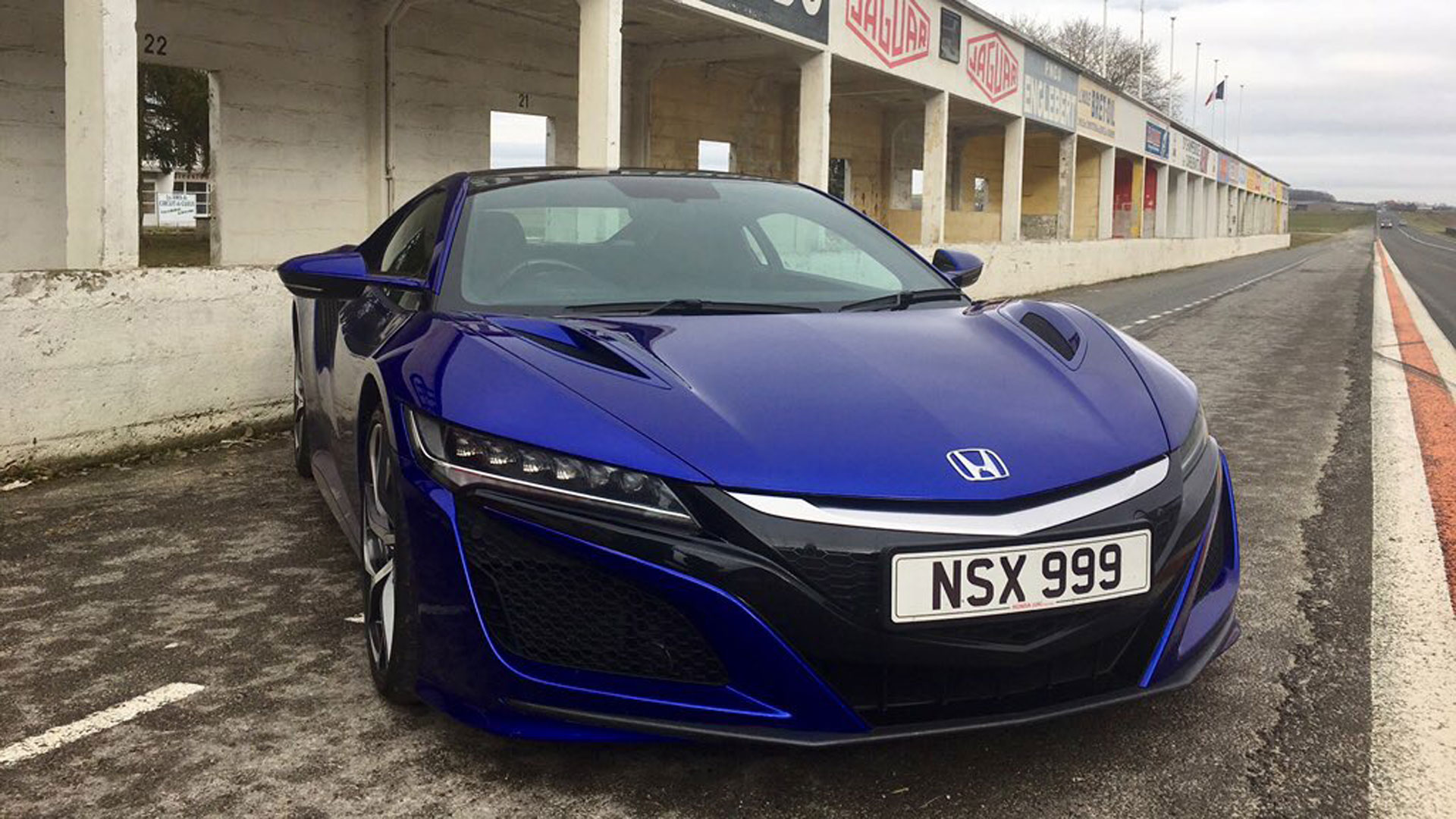
Heading south on the A26 to Reims, our three-supercar convoy became a rolling social media event. Each time we stopped for more 98 RON refreshment (a frequent occurrence), people took photos and asked about the cars.
Unsurprisingly, it was the newer NSX that arrived in Reims first. With a combined output of 581hp from its V6 engine and electric motor, some might say it has an unfair advantage.
Code red
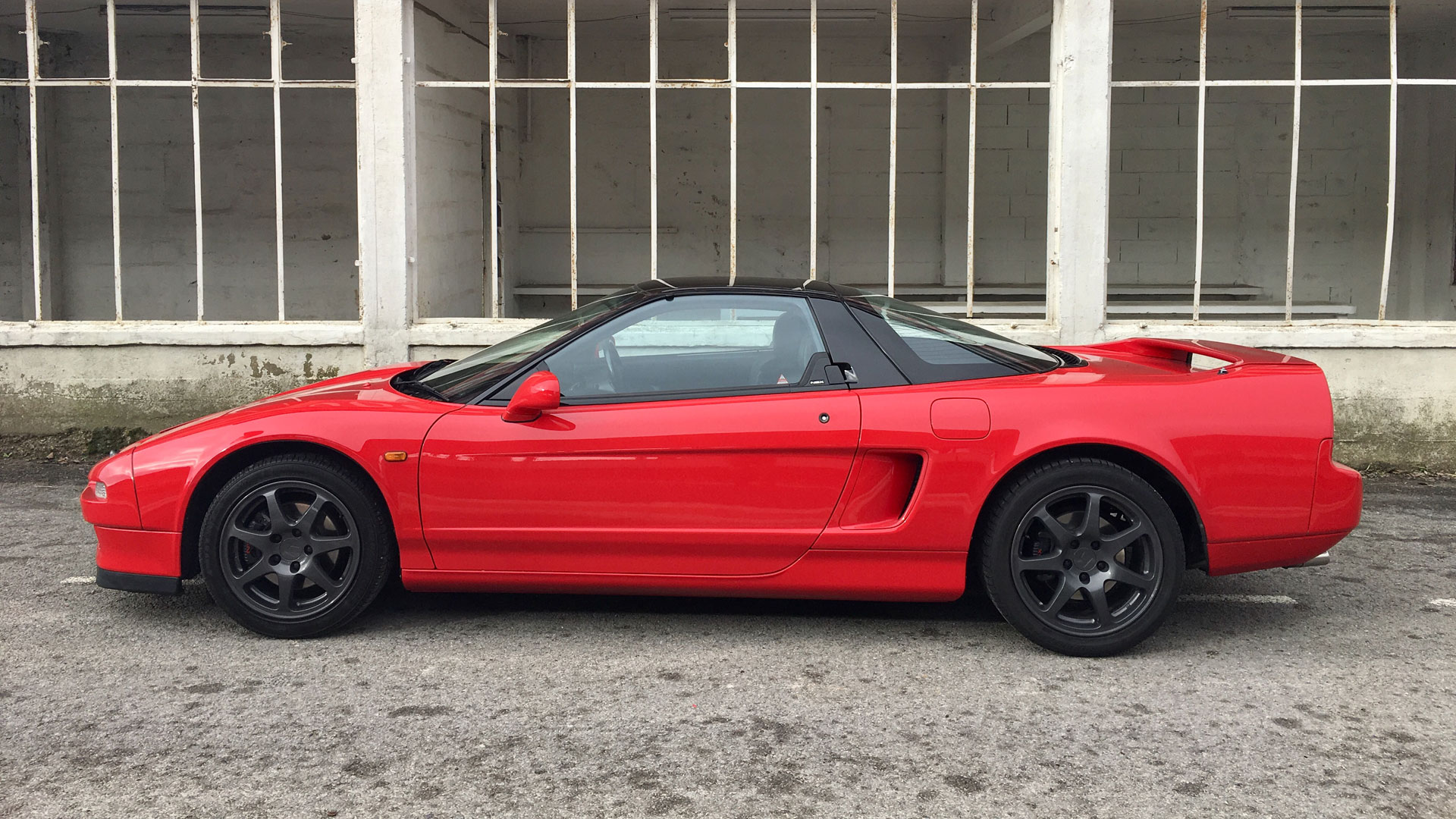
The original New Sports eXperimental gave the Ferrari 348 a shock when it reached showrooms in 1990. Contemporary reviews praised its superb chassis balance, which was honed by Ayrton Senna (racing for McLaren Honda at the time).
Unlike most of its rivals, the NSX was incredibly user-friendly; it proved that supercars don’t need to be badly built or difficult to drive. That auto transmission is certainly a step too far, though.
Gold leader
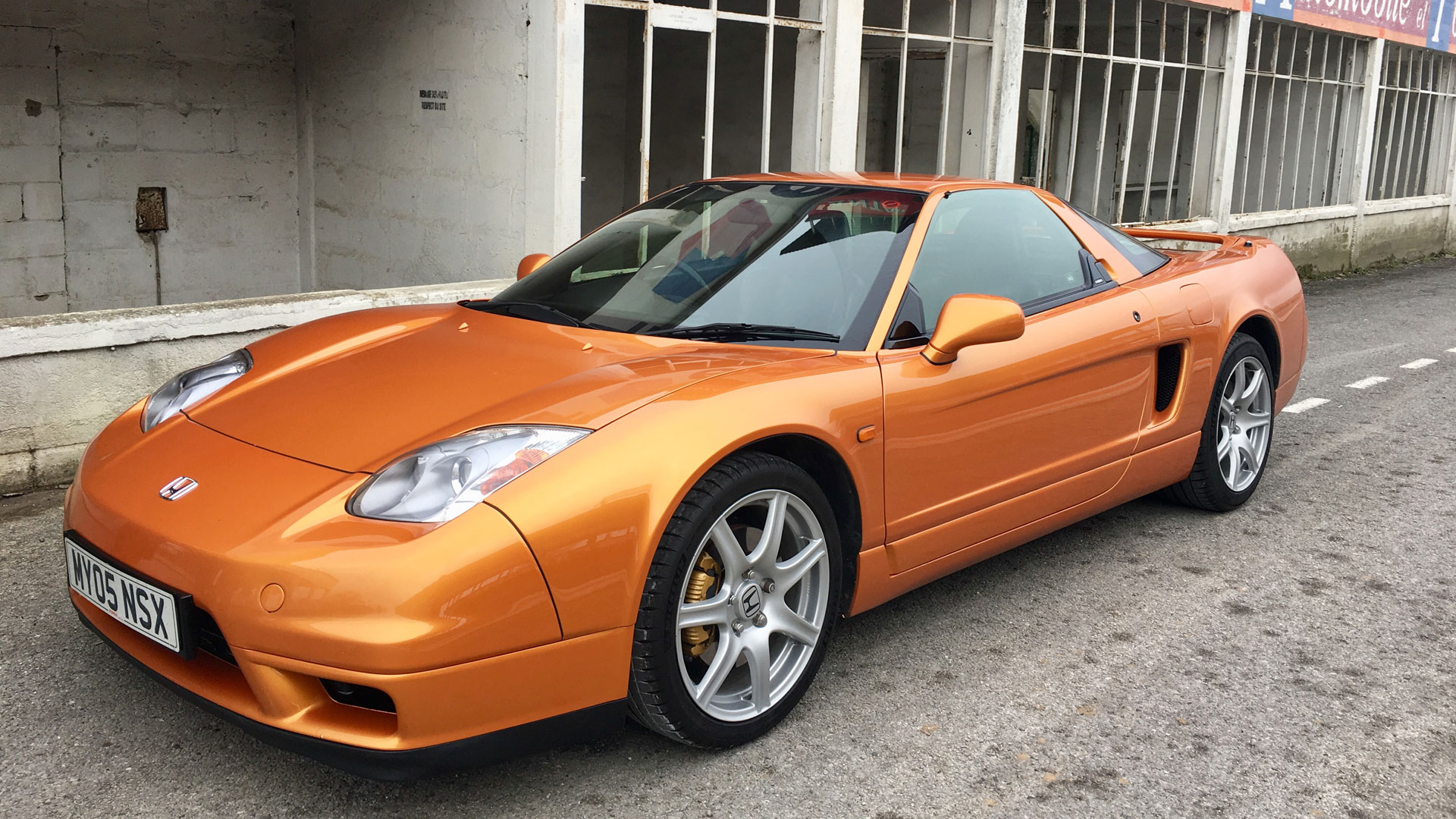
As enjoyable as the red car is, this last-of-the-line version – with that all-important six-speed manual gearbox – is in another league. It’s 3.2-litre engine feels absolutely ferocious beyond 6,000rpm, when the VTEC kicks in with a howl so hard-edged it could crack concrete.
Everything about the NSX, from its low-slung driving position to its perfectly-spaced pedals, seems set up for driving enjoyment. It’s utterly analogue, and all the better for that.
Tangled up in blue
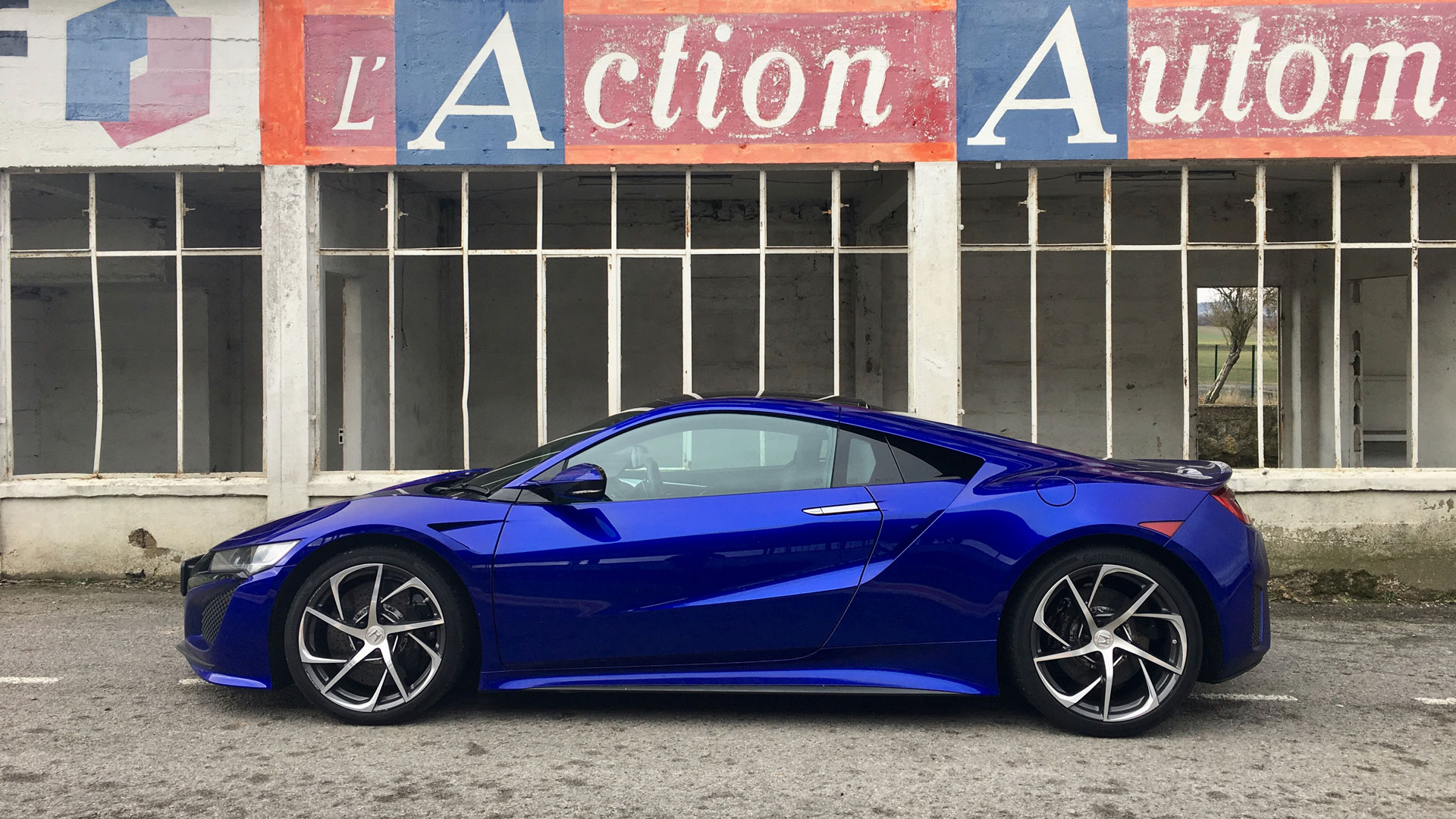
The latest NSX is an altogether different beast: a high-powered hybrid with nigh-on hypercar performance (0-62mph in 2.9sec). Its character is very much defined by which mode you select: comfortable and GT-like in Quiet, aggressive and adrenalised in Sport Plus and Track.
Like the original, it’s as straightforward to drive as a Civic or Jazz, yet still inspires reverence on the right road – particularly since the 2020 update.
NSX appeal
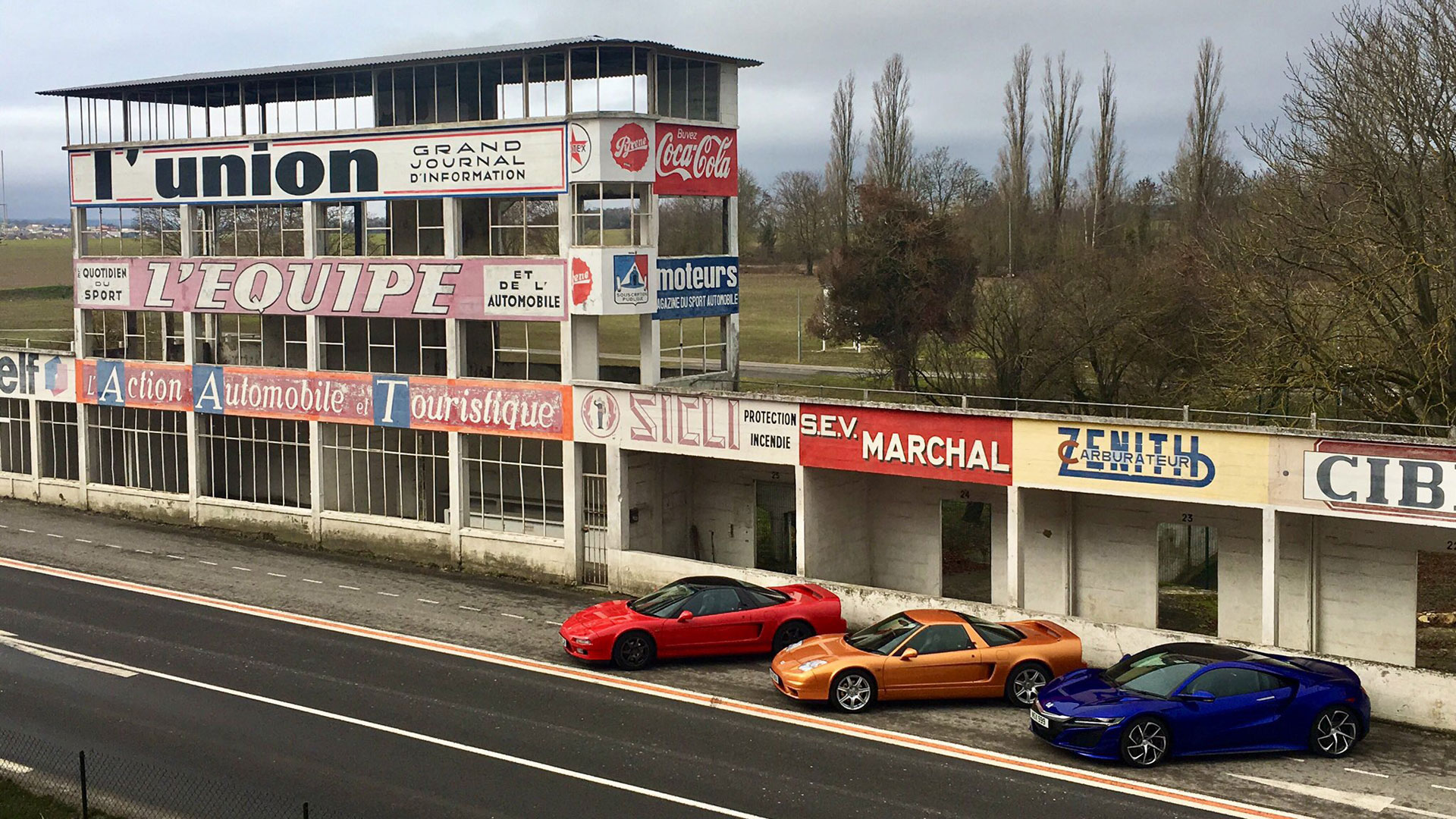
After two days of driving, I’m torn between the uncomplicated charms of the original and the eye-popping pace of the current car. Even after 30 years, the NSX still feels like an agitator against the establishment – a leftfield supercar, rather than the default Ferrari or Porsche. Here’s to another three decades.
Keep scrolling for a virtual tour of Retromobile in Paris, including the most exciting cars.
Citroen DS 23
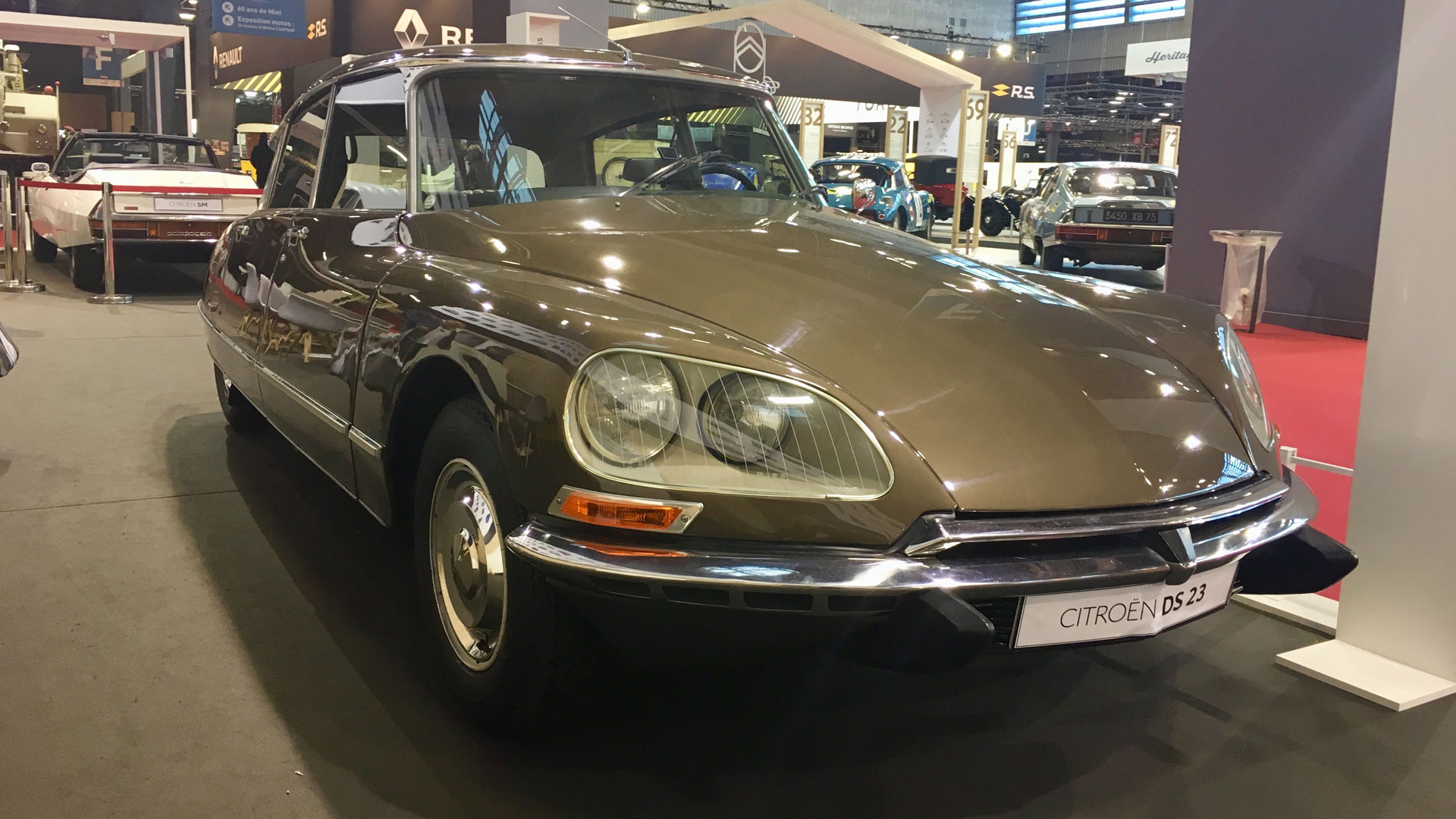
Paris is a rather fitting location for the Citroen DS, given that the ‘Goddess’ was unveiled at the city’s motor show in 1955. Sixty-four years later, this DS 23 was on hand to celebrate 100 years of Citroen, with the French manufacturer putting on a stunning display of production cars, concepts and racers.
The 2.3-litre DS 23 arrived in 1973 and was arguably the best of the breed. Two years later, DS production ended, with 1,445,746 DS and ID models sold.
Citroen GS Camargue
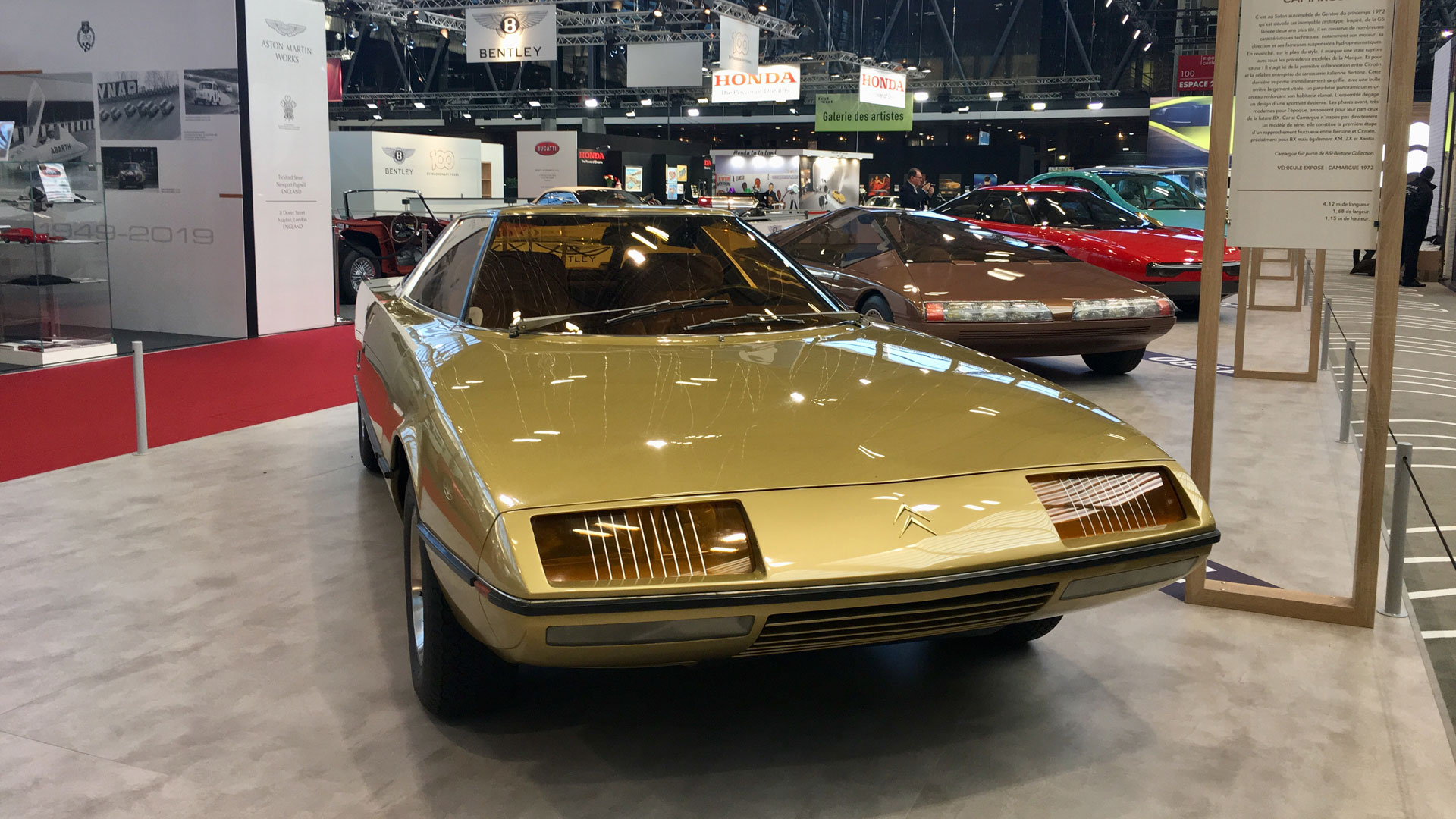
Citroen’s display of concept cars was as wonderfully eccentric as you’d hope. The stunning Citroen Camargue of 1972 was based on the recently launched GS and featured a body penned by Marcello Gandini.
In a parallel universe, the Camargue could have previewed a smaller and less expensive alternative to the SM, but it wasn’t to be.
Citroen ZX Rallye Raid
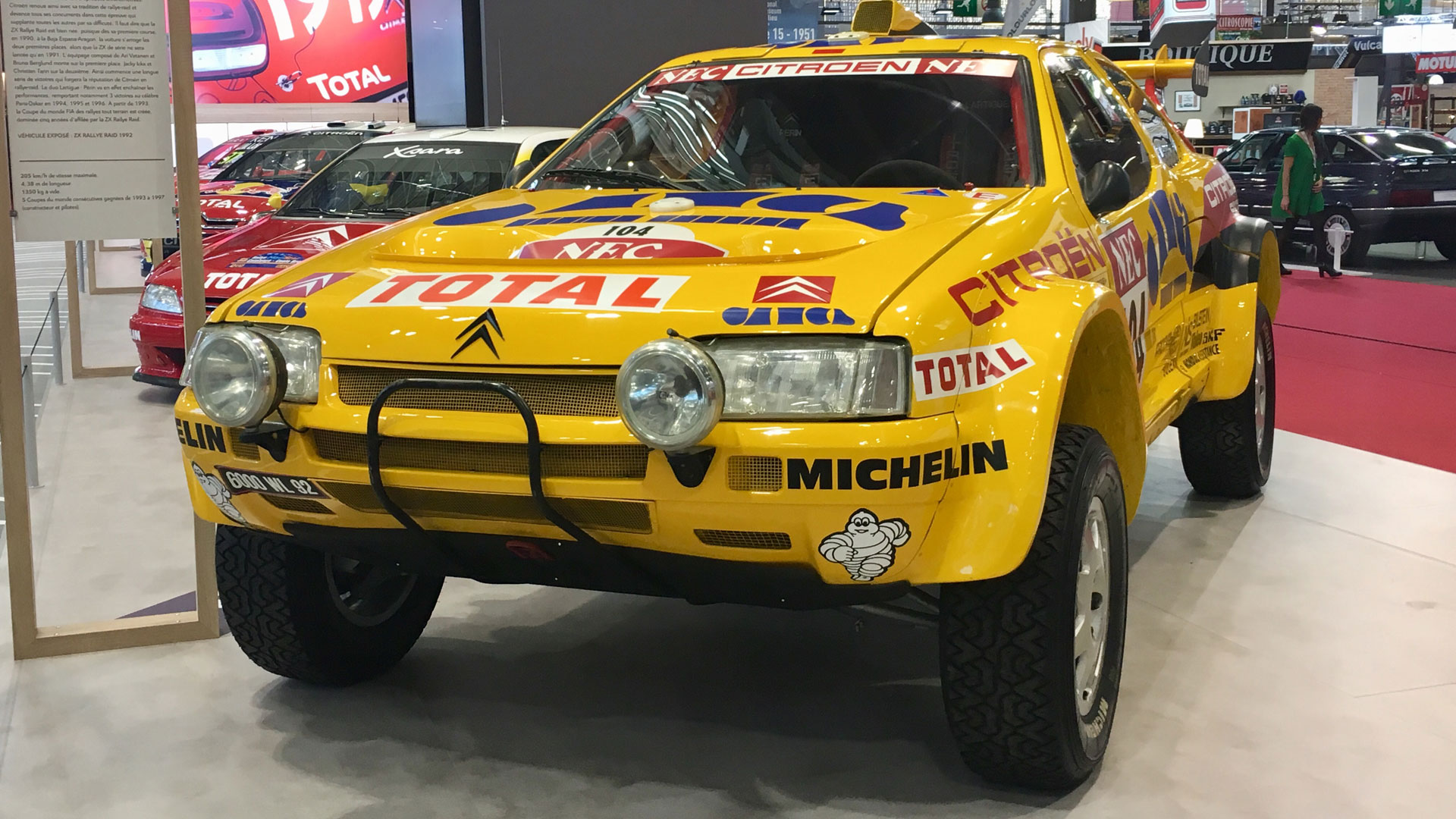
Back in the 1990s, few challengers could rival Citroen in the field of cross-country racing. The first Rallye Raid concepts made their racing debut at the Baja Aragon in 1990, with Citroen securing a one-two finish. A year later, the ZX Rallye Raid driven by Ari Vatanen and Bruno Berglund won the Paris-Tripoli-Dakar rally.
In seven seasons, the Citroen ZX amassed five world titles from 1991 to 1997. What a legend.
Renault Fuego Turbo
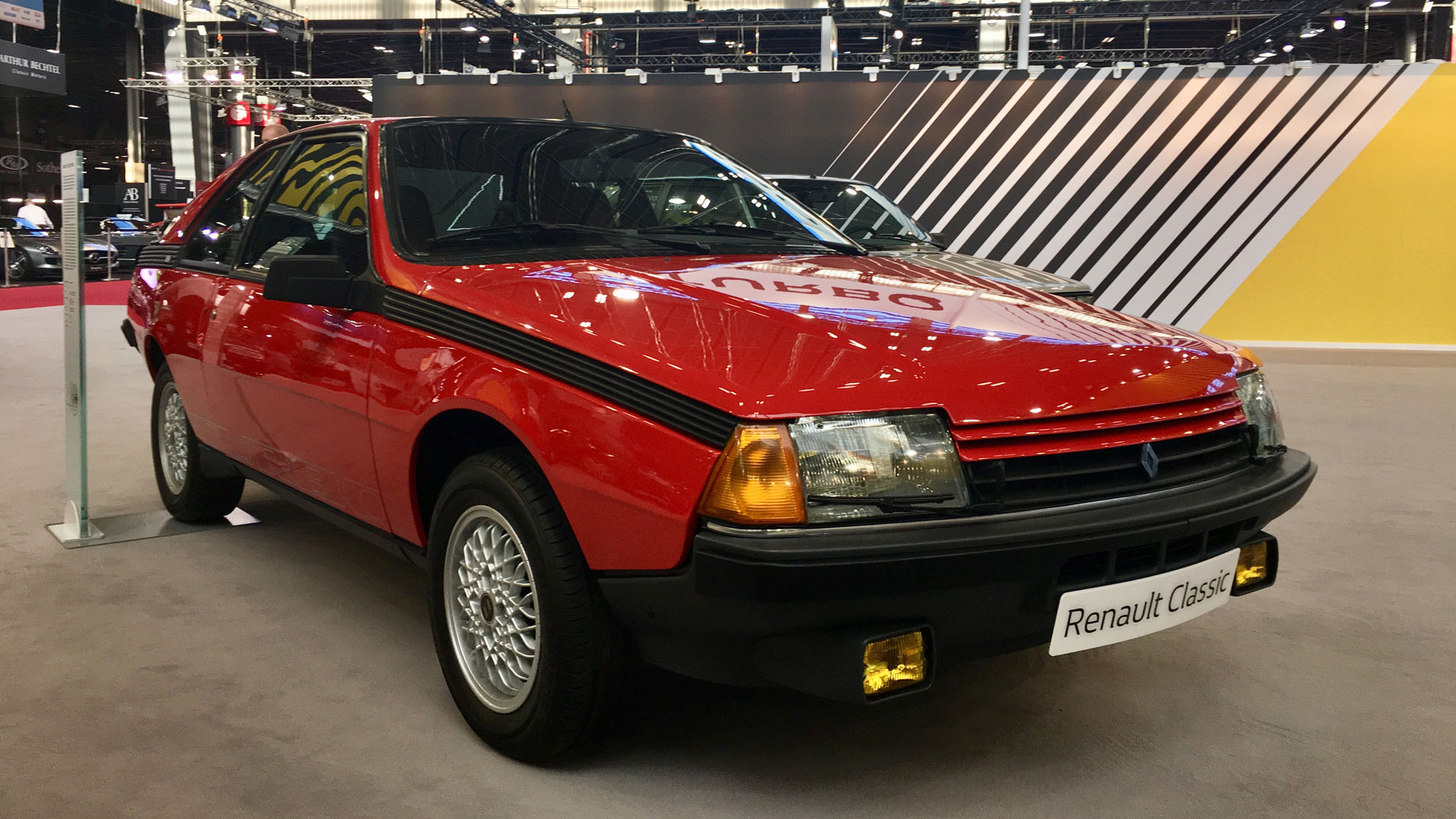
Not be outdone by Citroen’s centenary celebrations, Renault marked the 40th anniversary of its first F1 victory – the first by a turbocharged engine. The legendary RS 10 of 1979 was joined by 10 production cars to show how the turbocharger made the transition from track to road.
This a 1983 Renault Fuego Turbo, which was powered by a tuned version of the 1.6-litre turbocharged engine in the Renault 18. A set of BBS alloy wheels, ‘TURBO’ decals, headlight wipers and yellow fog lights are just a few of the delightfully period details.
Renault 5 Turbo
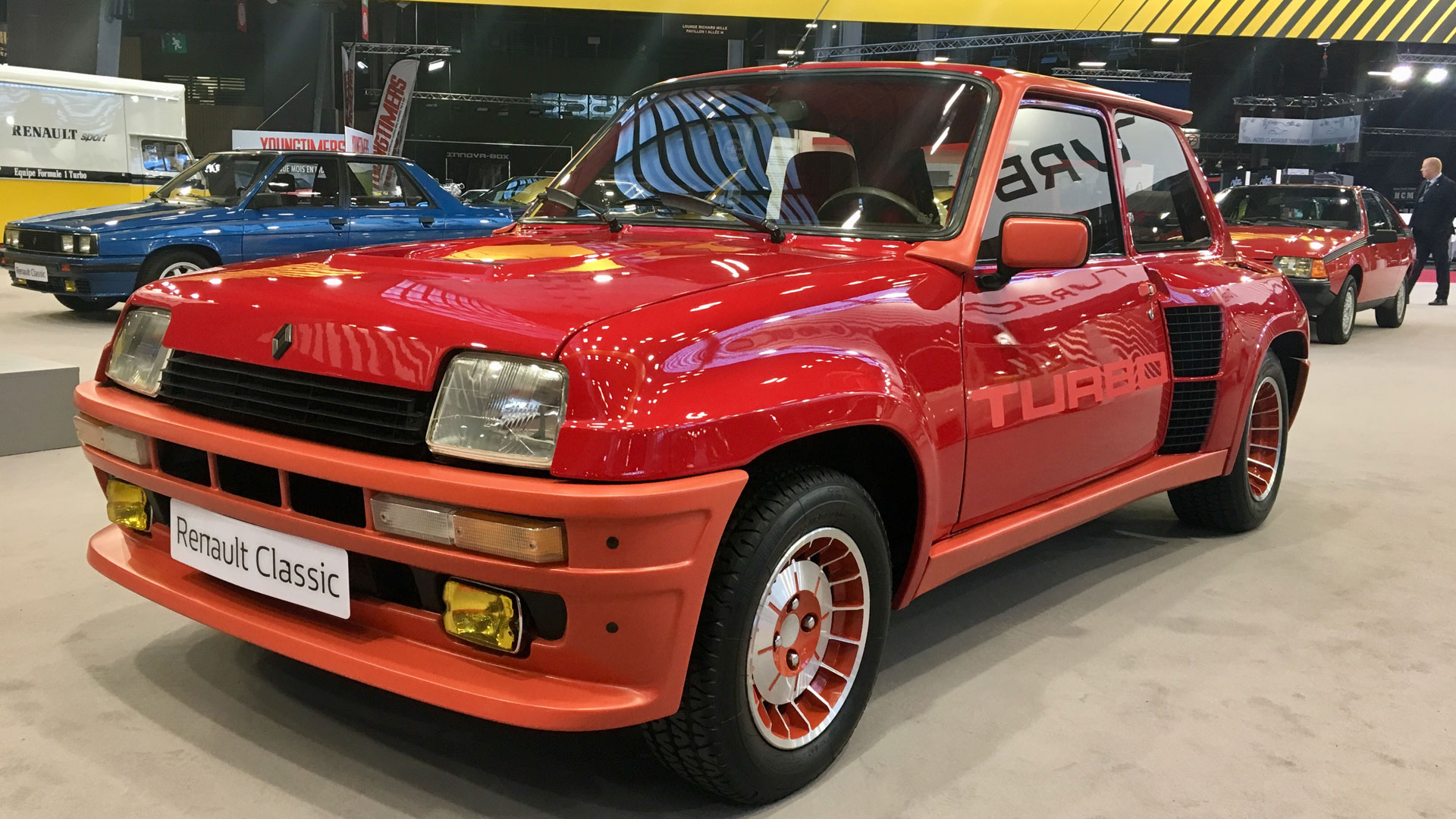
Aside from the name, the Renault 5 Turbo had very little in common with the regular R5 in the supermarket car park. This homologation hero represented Renault at its bonkers best, but a host of unique parts made the mid-engined Group 4 rally car rather expensive to build.
Renault solved this problem by launching the less specialised – and therefore less expensive to buy – Renault 5 Turbo 2.
Renault 21 Turbo
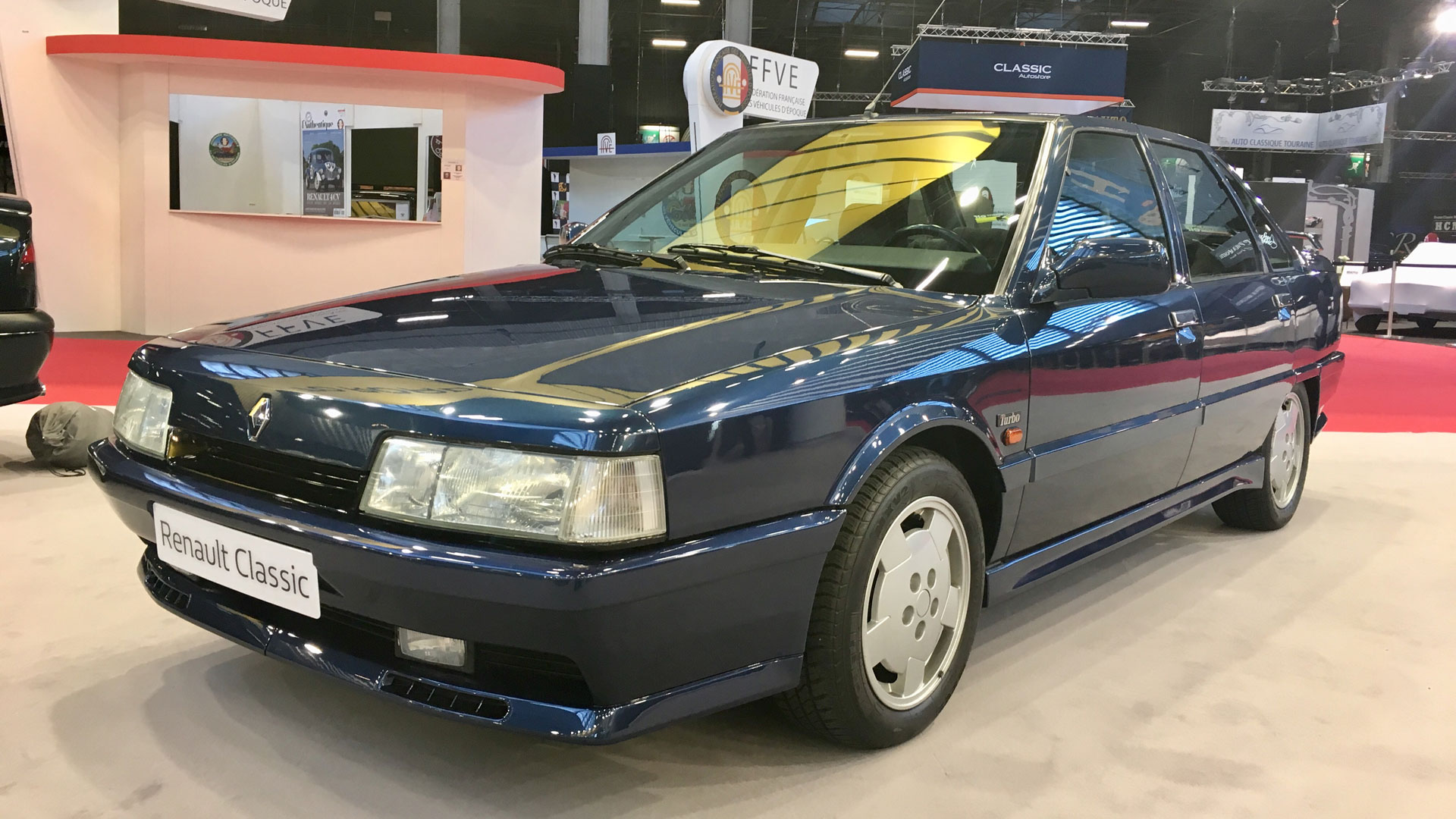
‘The 21 Turbo is the best sporting saloon Renault has ever built,’ proclaimed Autocar in 1988. High praise for Renault’s answer to the Ford Sierra RS Cosworth which could sprint to 60mph in under eight seconds before hitting a top speed of 137mph.
The 21 Turbo Quadra added four-wheel drive to the mix, which meant you had a fighting chance of handling the explosive power. Sadly, too few of these cars remain on the road.
Lamborghini Miura SV
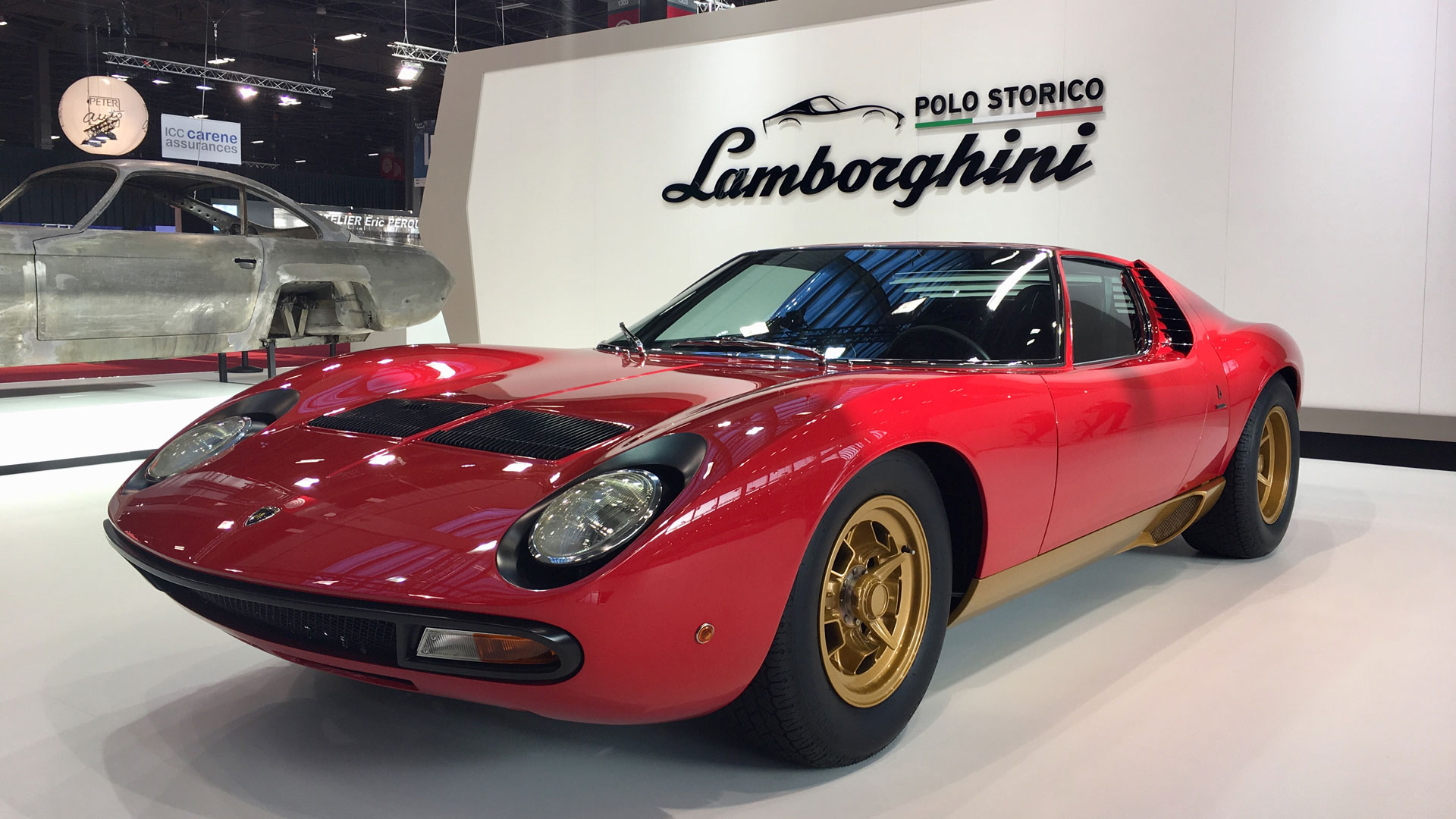
‘Better than new’ is an overused and often inaccurate description used by car dealers, but in the case of this Lamborghini Miura SV, it’s perfectly apt. This example is owned by motorsport supremo Jean Todt, who had just taken delivery of the car following a 13-month restoration at the hands of Lamborghini’s Polo Storico division.
Although we were delighted to drive home from the show in an NSX, we wouldn’t have minded heading back in this Miura – via the Alps, naturally.
Lamborghini 400 GT
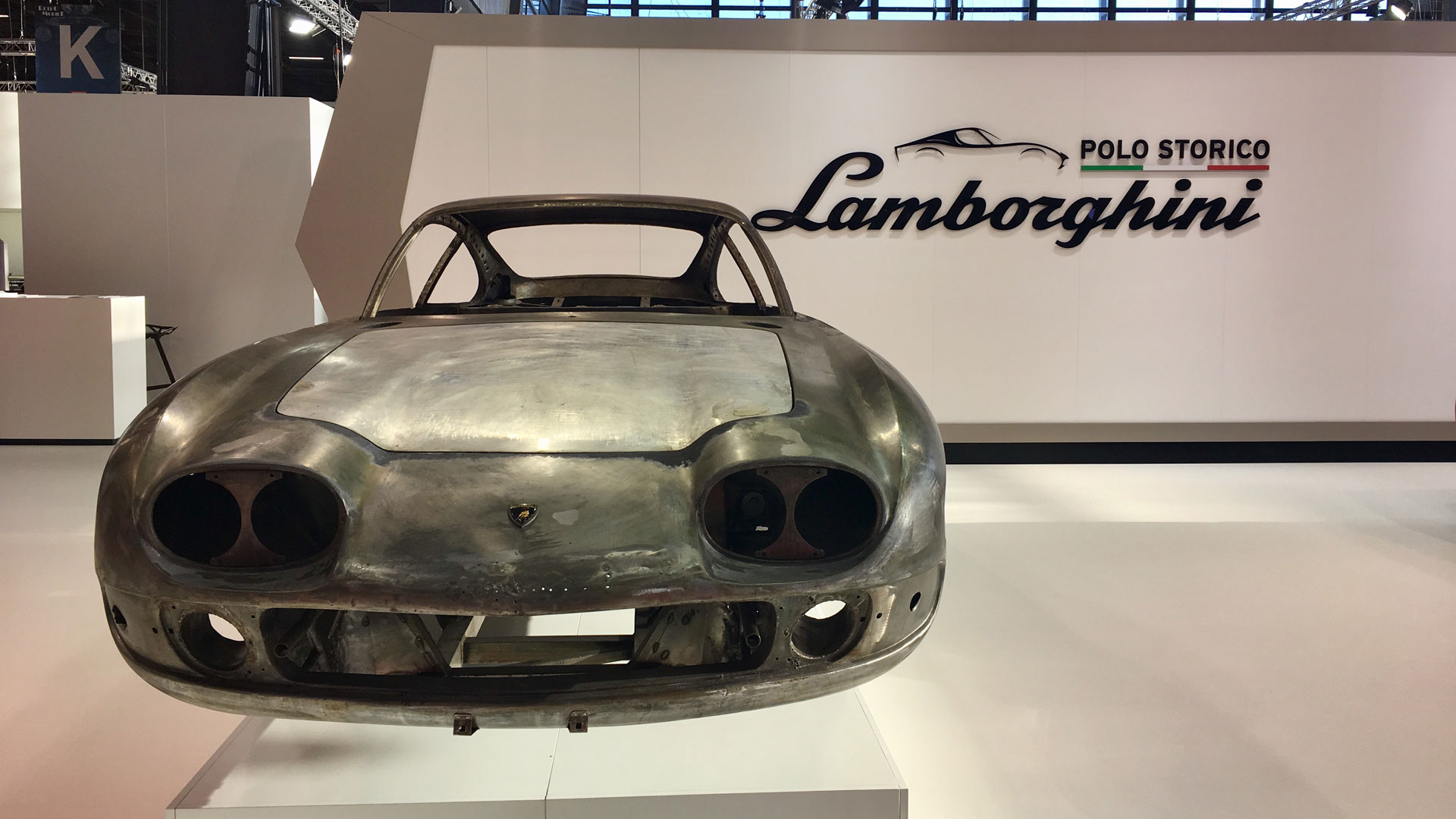
Before the Miura, there was this: the Lamborghini 400 GT. It was essentially a 350 GT with an enlarged engine and a body designed by Carrozzeria Touring.
A Canadian collector has left this 1966 400 GT in the safe hands of Polo Storico, so you can be sure that the restoration will be first-rate. Who knows, the finished article might be on show at Retromobile 2022…
Bugatti EB110 Super Sport
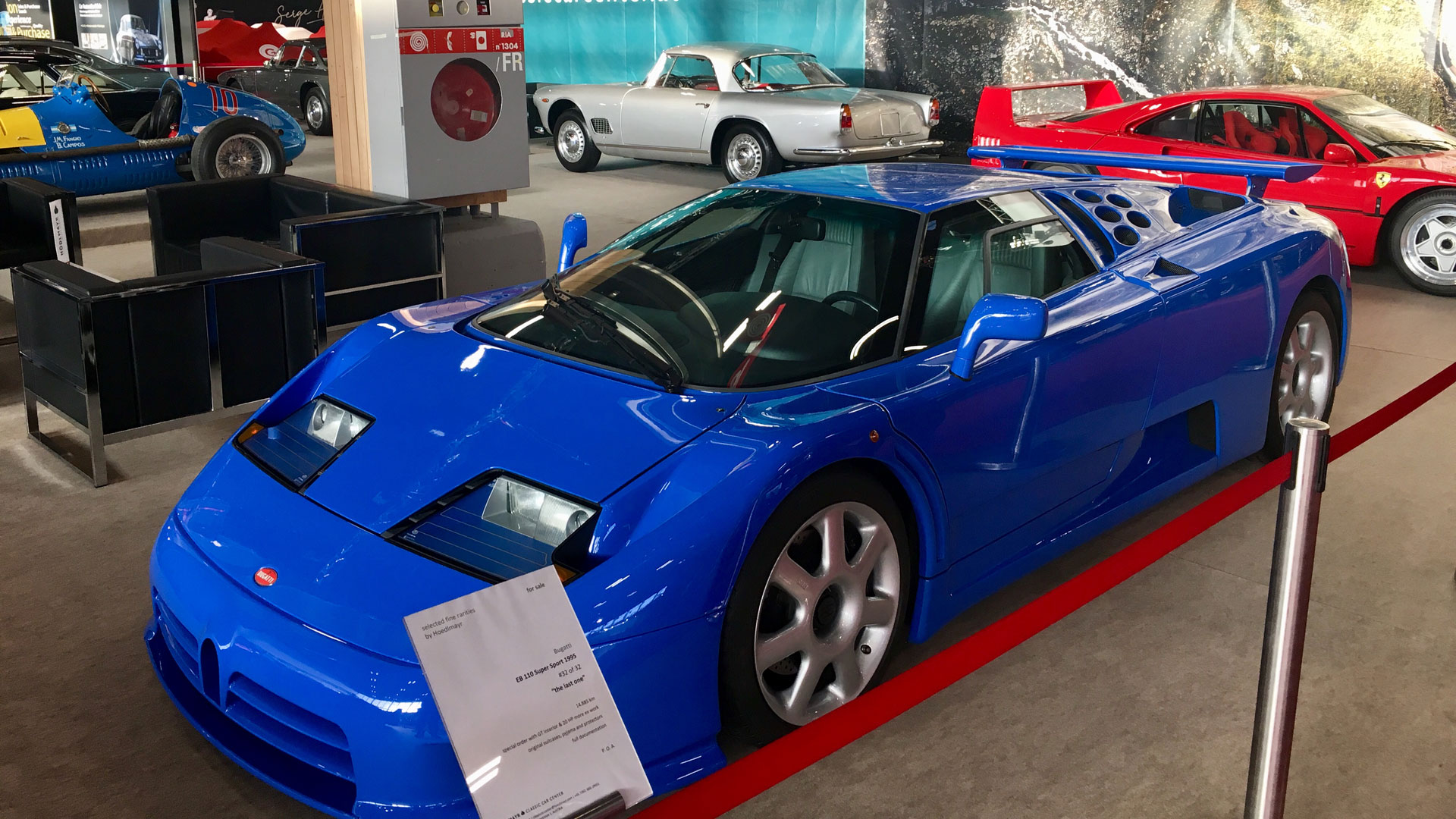
The Bugatti EB110 made its production debut in Paris back in 1991, with the name chosen in honour of Ettore Bugatti’s 110th birthday. A year later, Bugatti unveiled the lighter and more powerful EB110 SS (Super Sport), but just 30 were ever produced.
A 1994 EB110 Super Sport (not pictured) was also part of the RM Sotheby’s Retromobile sale.
BMW Z1
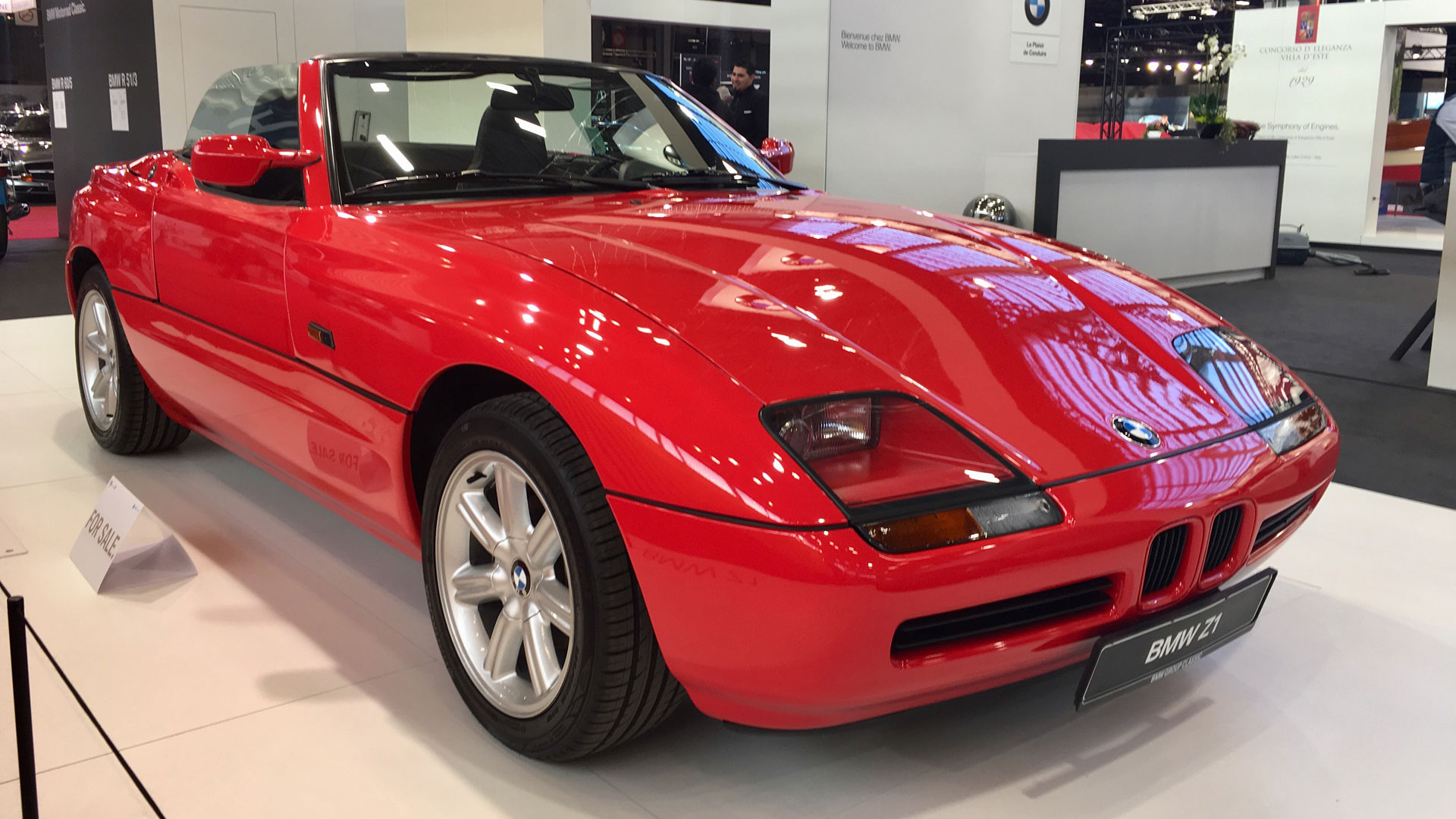
The first BMW Z1 rolled off the production line 32 years ago in 1989. It featured a pair of trick sliding doors, a 170hp straight-six engine from the BMW 325i and a sophisticated ‘Z-axle’. Just 8,093 were built before production ended in 1991.
We’d have to wait four years before its replacement, the American-built BMW Z3, made its debut in the James Bond film Goldeneye.
Jaguar XJ220
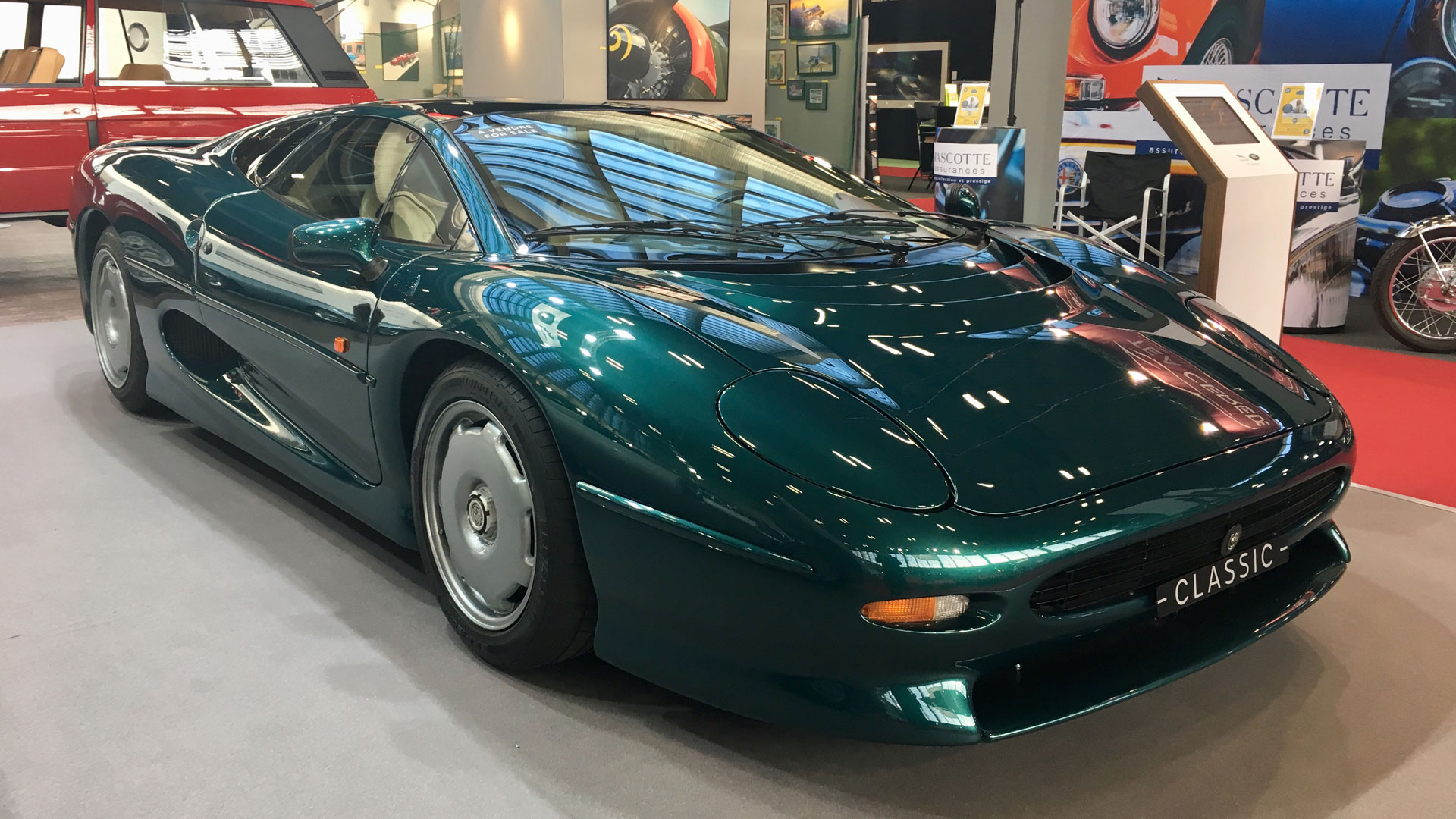
It’s easy to get lost in tales of an economic recession, unhappy customers and the ‘wrong’ engine when discussing the Jaguar XJ220, but three decades on from when the big cat was unveiled in Birmingham, the supercar has lost none of its impact.
We’ll never come to terms with how large this thing looks in the metal.
Jaguar XE SV Project 8
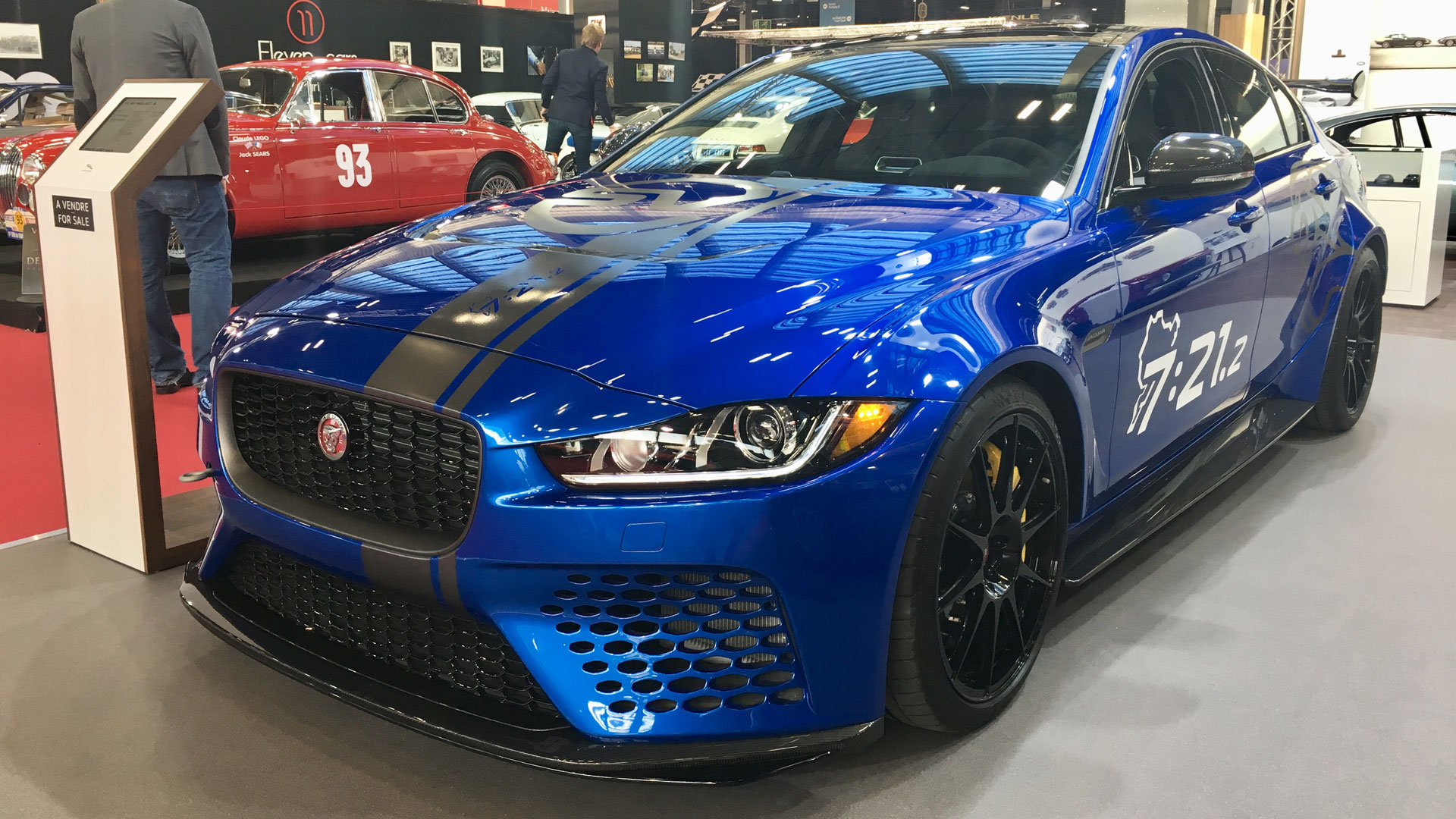
Nurburgring car stickers are nothing new, but the Jaguar XE SV Project 8 is truly fit to wear the map. In 2017, Jag’s skunkworks super-saloon completed a lap of the ‘Green Hell’ in 7min 21.23sec – fully 11 seconds faster than the previous four-door saloon record holder.
Jaguar later broke its own record, with a lap of 7min 18.36sec in summer 2019, this time using a different tyre compound.
Ferrari F40
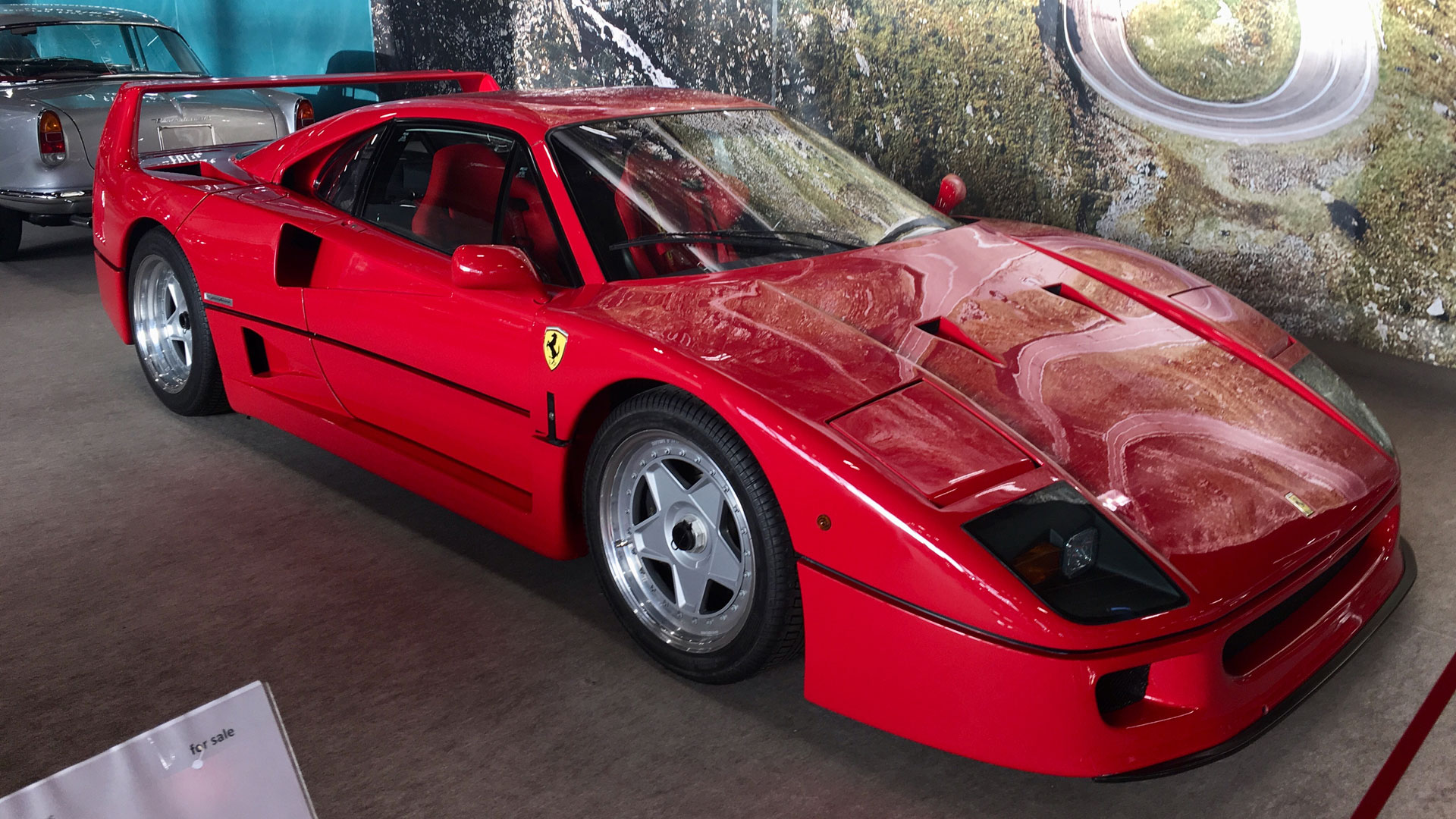
Designed and built to commemorate Ferrari’s 40th anniversary, the F40 remains of the most famous and lusted over supercars on the planet.
We could have spent many hours gawping at this and many of the other cars on display at Retromobile, but the clock was ticking… we had a date with a Japanese supercar.
Heading home in a Honda
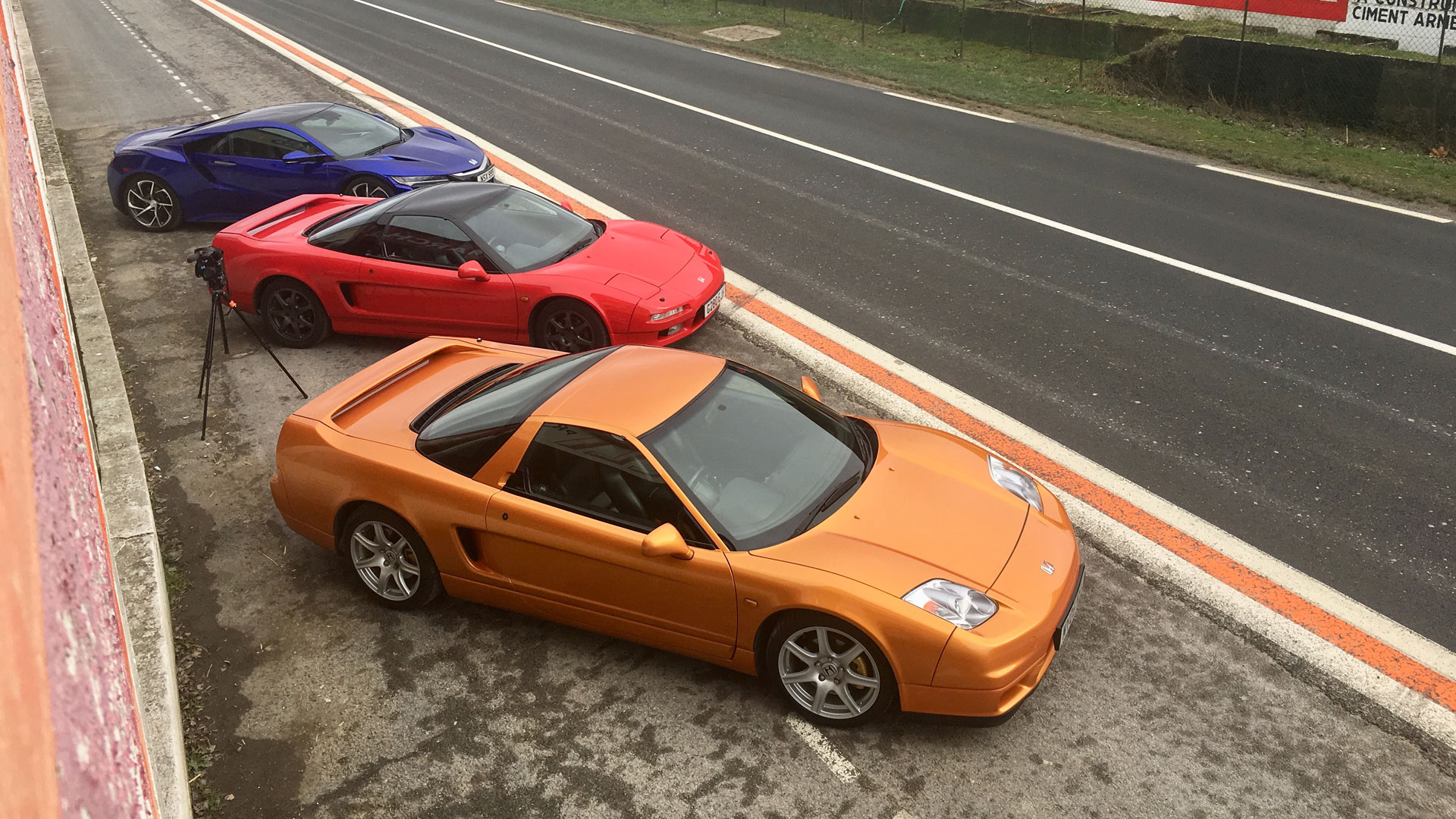
With copy filed and the photos uploaded to the web, all that was left was the journey home in a Honda NSX, this time without the detour via Reims. What a glorious couple of days that was.
ALSO READ:
Honda NSX retro review: how the people’s supercar humbled Ferrari